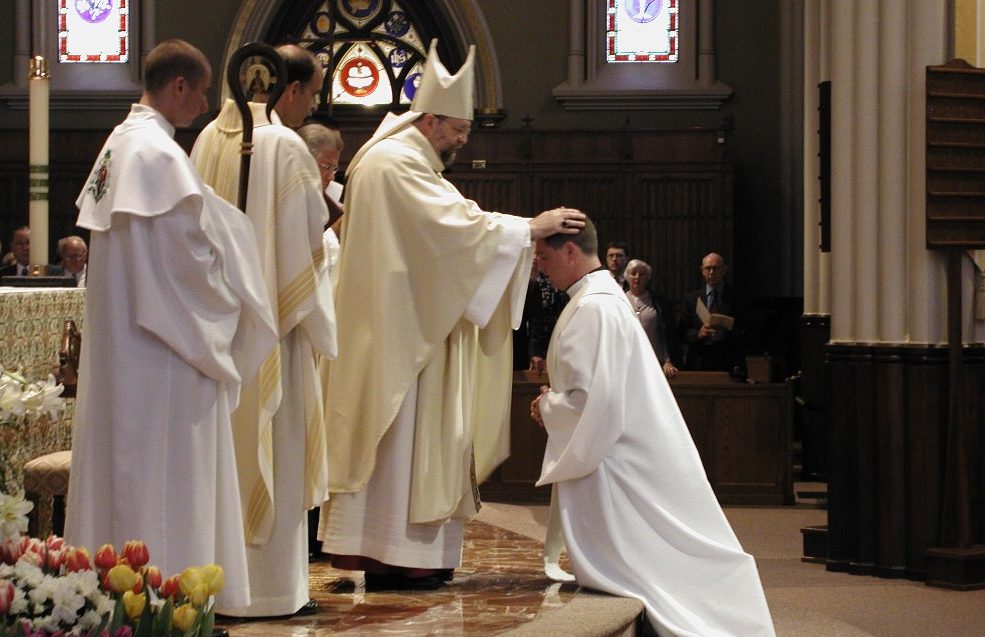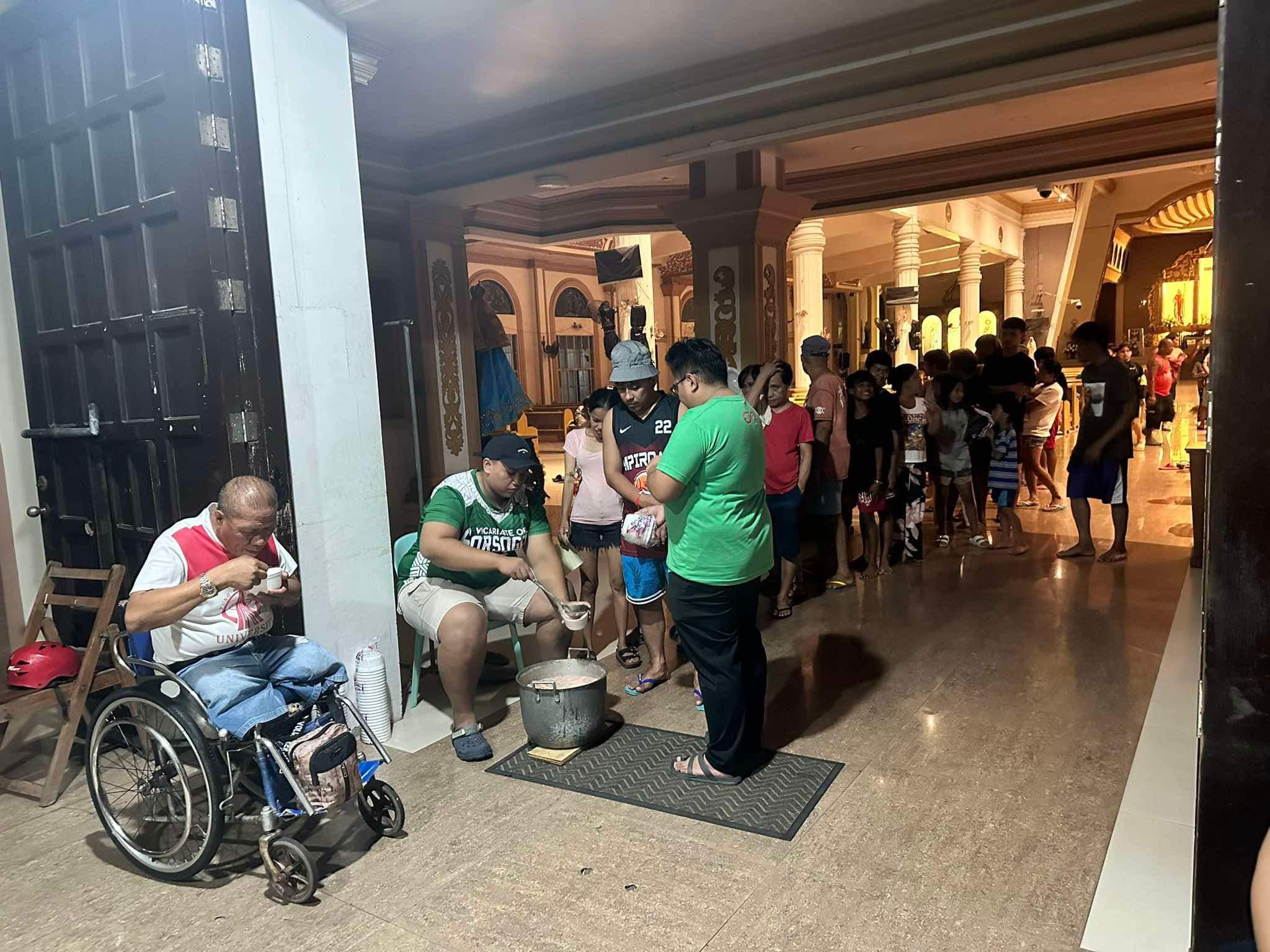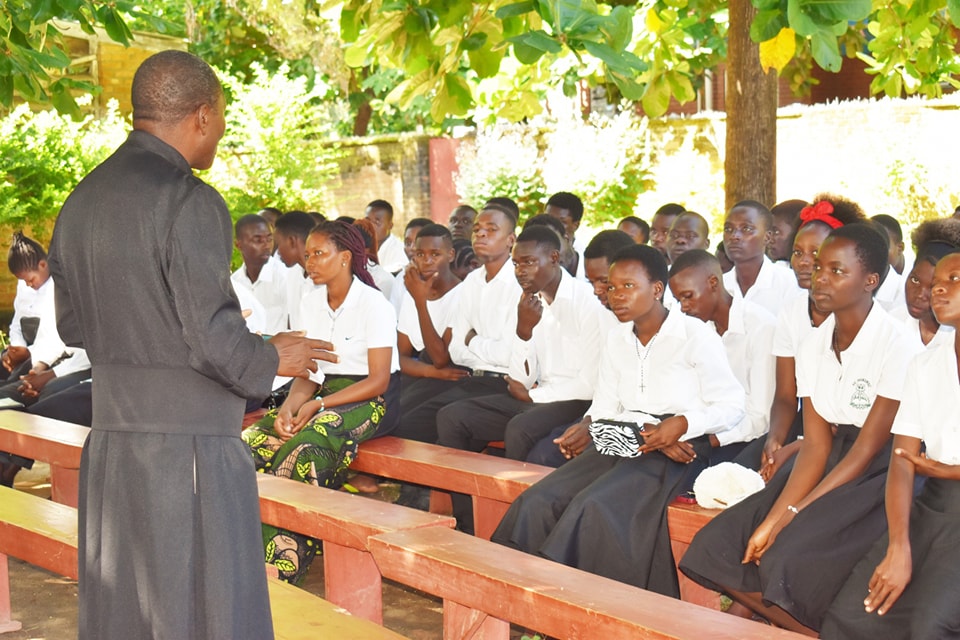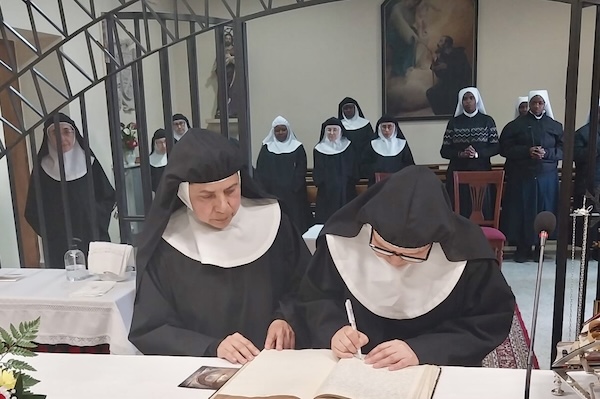Rev José Mario O Mandía
jmom.honlam.org
The CCC (no 1573) gives the elements required for the Sacrament of Holy Orders.
“The essential rite of the sacrament of Holy Orders for all three degrees consists in [1] the bishop’s imposition of hands on the head of the ordinand [the matter of the sacrament] and in [2] the bishop’s specific consecratory prayer asking God for the outpouring of the Holy Spirit and his gifts proper to the ministry to which the candidate is being ordained [form] [Cf. Pius XII, apostolic constitution, Sacramentum Ordinis].”
Pope Pius XII clarified that “the matter of sacred orders of the diaconate, priesthood, and episcopate, and this alone, is the imposition of the hands” (Pius XII, apostolic constitution, Sacramentum Ordinis).
“Only validly ordained bishops, as successors of the apostles, can confer the sacrament of Holy Orders” (CCCC 332).
WHEN WAS IT INSTITUTED?
The Sacrament of Orders was instituted by Jesus Christ in the Last Supper, when he commanded the Apostles, “Do this in memory of me” that is, to continue renewing the Sacrifice that He was offering to the Father. It is thus clear that this sacrament exists for the Eucharist. It finds its reason and meaning in the Sacrament of our Lord’s Body and Blood and is thus intimately bound to it.
WHAT EFFECT DOES EPISCOPAL ORDINATION HAVE?
The CCCC (no 326) teaches: “Episcopal ordination confers the fullness of the sacrament of Holy Orders. It makes the bishop a legitimate successor of the apostles and integrates him into the episcopal college to share with the Pope and the other bishops the care for all the churches. It confers on him the offices of teaching, sanctifying, and ruling.” Teaching, sanctifying, and ruling correspond to the three-fold office of prophet, priest and king, respectively.
Each bishop is usually placed in charge of a portion of the Church. “The bishop to whom the care of a particular Church is entrusted is the visible head and foundation of unity for that Church. For the sake of that Church, as vicar of Christ, he fulfills the office of shepherd and is assisted by his own priests and deacons” (CCCC 327).
HOW ABOUT PRIESTLY ORDINATION?
The CCCC 328 declares: “The anointing of the Spirit seals the priest with an indelible, spiritual character that configures him to Christ the priest and enables him to act in the name of Christ the Head. As a co-worker of the order of bishops he is consecrated to preach the Gospel [prophetic mission], to celebrate divine worship, especially the Eucharist from which his ministry draws its strength [priestly mission], and to be a shepherd of the faithful [kingly mission].”
Can the priest just exercise his ministry anywhere? “A priest, although ordained for a universal mission, exercises his ministry in a particular Church. This ministry is pursued in sacramental brotherhood with other priests who form the ‘presbyterate.’ In communion with the bishop, and depending upon him, they bear responsibility for the particular Church” (CCCC 329).
HOW ABOUT DEACONS?
The term “deacon” comes from the Greek “diakonia” (“service”). Hence, the CCCC (330) teaches: “The deacon, configured to Christ the servant of all, is ordained for service to the Church. He carries out this service under the authority of his proper bishop by the ministry of the Word, of divine worship, of pastoral care and of charity.”
What specific tasks are assigned to deacons? Point 1570 of the CCC explains that deacons can help distribute Holy Communion, assist at and bless marriages, proclaim the Gospel and preach, preside over funerals and dedicate themselves to works of charity.What are permanent deacons? Permanent deacons are married men. The permanent diaconate was restored in the Latin Church from the time of the Second Vatican Council “as a proper and permanent rank of the hierarchy” (Lumen Gentium 29 par. 2; cf CCC 1571).


 Follow
Follow


